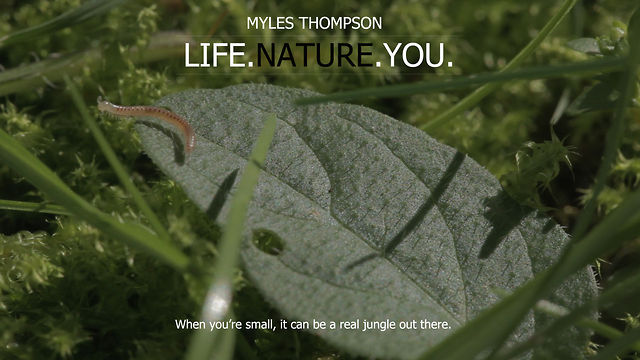
“If the bee disappeared off the face of the earth, man would only have four years left to live.”
― Maurice Maeterlinck, The Life of the Bee
The world’s honeybee population is plummeting, inspiring everyone from tin-hat doomsday prophets to economists to budding science fiction novelists to predict a dire future for mankind if the bee population is allowed to keep dwindling. In the face of such massive problems, however, it’s often easy to forget that- sometimes- the solutions to global ecological crises are in our own backyards, which leads me to Open Source Beehives, and their easy-to-build backyard bee bunker.
See, it’s not necessarily about saving ALL the bees. It is, in the grand scheme of things- but it can be about making sure you make an effort to save your bees from colony collapse disorder (CCD). The Open Source Beehive shown here makes that a lot easier, by providing a simple design for an internet-connected beehive.
To help you save your bees, the Open Source Beehive can track your bees’ health with specialized sensors that look at your bee bunker’s location, humidity, and temperature. That information gets passed along to scientists to calculate overall bee health, bee numbers, and even the mood of your backyard colony. The hope is that being able to crowdsource this data will help scientists better understand exactly why bees are declining and how we can act to protect them.
You can find out more about using an Open Source Beehive to save your bees in the short video, below. Enjoy!
Source | Images: Open Source Beehives, via Inhabitat.
Save Your Bees With an Open Source Beehive (w/ Video) was originally posted on: PlanetSave. To read more from Planetsave, join thousands of others and subscribe to our free RSS feed, follow us on Facebook (also free), follow us on Twitter, or just visit our homepage.



